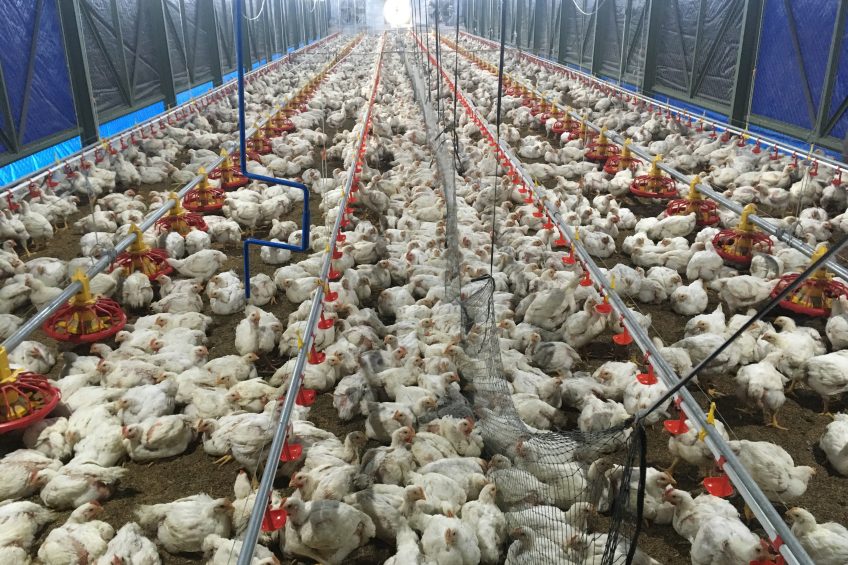
How to Ventilate a Poultry House Effectively in Kenya
Proper ventilation is one of the most important aspects of successful poultry farming in Kenya. Without good airflow, your chickens may suffer from respiratory problems, reduced egg production, and heat stress. Understanding how to ventilate your poultry house effectively can help you maintain a healthy flock and increase productivity.
Why Ventilation Matters in a Poultry House
Ventilation ensures that your chickens have access to clean, fresh air. It removes harmful gases such as ammonia from chicken droppings, reduces humidity, and maintains an ideal temperature inside the poultry house. In Kenya’s warm climate, poor ventilation can quickly lead to overheating and suffocation, especially in densely stocked houses.
Types of Poultry House Ventilation Systems
There are two main types of ventilation systems used in poultry farming: natural and mechanical ventilation.
Natural ventilation uses openings such as windows, vents, and adjustable curtains to allow air to move through the house. It works best in small to medium-sized poultry houses.
Mechanical ventilation, on the other hand, uses fans and air inlets to control airflow. This system is more effective for large-scale commercial poultry farms or during extremely hot weather.
Steps to Ensure Proper Poultry House Ventilation
1. Choose the Right Poultry House Design
Build your poultry house facing the east-west direction to minimize direct sunlight entering from the sides. This helps reduce heat buildup during the day. Ensure the house has enough height (at least 7 feet) to allow hot air to rise above the birds.
2. Install Adjustable Vents and Windows
Properly positioned vents on both sides of the house help air flow in and out efficiently. In Kenya, where temperatures can vary throughout the day, it’s advisable to use adjustable curtains or windows that can be opened during hot weather and partially closed when it’s cold.
3. Use Fans for Improved Air Circulation
For farmers keeping large flocks, adding exhaust or ceiling fans can improve airflow and keep the environment cool. Fans help push out stale air and bring in fresh air, ensuring your chickens get enough oxygen.
4. Maintain a Clean and Dry Floor
Wet litter can cause ammonia buildup and foul smells, reducing air quality. Keep the floor dry by regularly replacing litter and ensuring there are no water leakages from drinkers. You can use quality chicken drinkers that minimize water spillage.
5. Avoid Overcrowding
Overcrowding reduces airflow between birds and increases humidity and carbon dioxide levels. Follow the recommended stocking density for your poultry type. For example, for layers, allow at least 1.5 square feet per bird.
6. Monitor Temperature and Humidity Levels
Use a thermometer and hygrometer to regularly check conditions inside the poultry house. The ideal temperature should range between 21°C and 27°C, with humidity around 60%. Adjust ventilation as needed based on these readings.
Common Signs of Poor Ventilation
If your poultry house has poor airflow, you may notice signs such as chickens panting, drooping wings, slow growth, or a strong ammonia smell. These are indicators that the air is too warm or polluted and that ventilation should be improved immediately.
Final Tips on how to ventilate a poultry house effectively Kenya
Always design your poultry house with ventilation in mind right from the start. Whether you are raising layers, broilers, or kienyeji chickens, proper airflow ensures healthy birds and higher productivity. Combine good ventilation with the right feeding, watering, and sanitation practices for the best results in Kenyan poultry farming.
